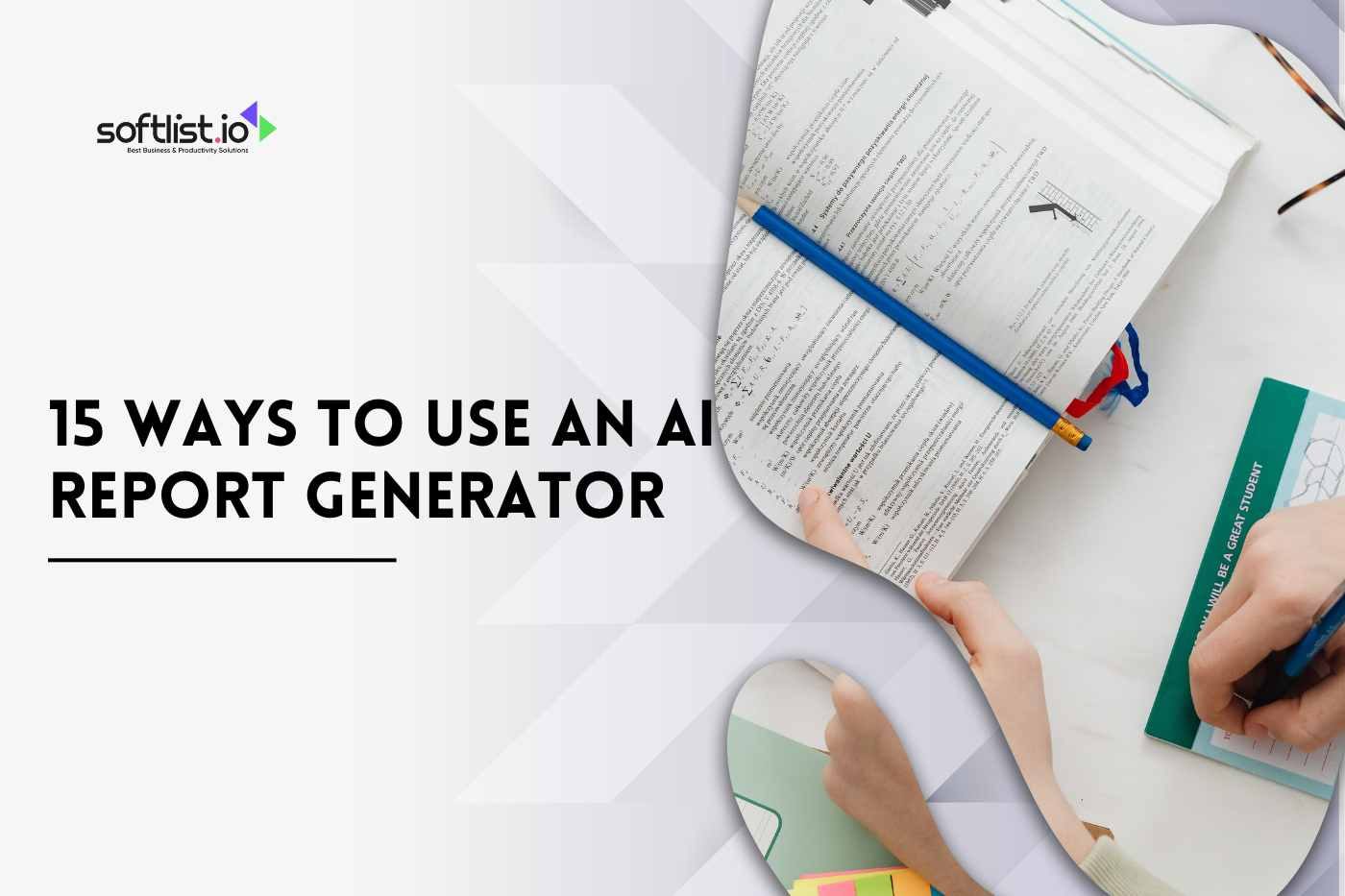Enterprise resource planning (ERP) systems usually handle significant amounts of data and are normally linked to a wide variety of other subsystems, making them especially attractive for hackers intent on holding such data for ransom. Unfortunately, as ERPs become more adopted by various businesses, the incentive to attack ERP systems has grown accordingly.
This doesn’t mean that you should avoid ERPs. The efficiency and visibility improvements they provide to organizations make them necessary in today’s hyper-competitive business environments. Rather, you should implement these recommended ERP cybersecurity practices to keep your business and customers safe:

1. Keep Your ERP Systems Up-to-Date for Cybersecurity
Once an ERP system gets released into the market, it’s only a matter of time before malicious parties develop ways to exploit it. This is generally regarded as inevitable, but it becomes much less of an issue if you perform regular software updates as directed.
As a rule of thumb, any app or module that’s connected to your wider ERP should be updated as soon as security patches become available. Maintaining good “system hygiene” in this way should serve to minimize common attacks like SQL injections and unauthorized remote access.

2. Develop a Realistic Understanding of Your Vulnerabilities
ERPs are especially vulnerable due to their centralized nature and access to critical organizational data. Unfortunately, a 2023 report by the service provider Accenture showed that, though virtually all 1,000 polled business leaders agreed that cybersecurity was necessary for their organization’s stability, 60% did not employ a systemic approach to handling cybersecurity issues.
Business owners and everyone else tasked with handling sensitive data must begin to take cybersecurity seriously. The recent growth of generative AI, in particular, is already causing a serious menace to businesses, and it’s only a matter of time before malicious actors make attempts to breach your business data. Shifting towards a more realistic assessment of the current landscape is now necessary, given the massive threat posed to ERP systems.

3. Make Your Team Aware of their Responsibilities
Though AI is definitely a looming threat to ERP systems, human-targeted attacks are likely to remain the biggest vulnerability. Consistently drilling down the importance of individual responsibility in cybersecurity may not eliminate all possible threats but it should mitigate the types of attacks that business organizations are likely to encounter the most.

4. Limit Authorizations Wisely
Generally speaking, employees should only ever be given access to the parts of your ERP system where their main job responsibilities lie. This is likely to be unpopular with some managers, as doing so can slow down access to critical information. Fortunately, this roadblock can always be mitigated by promptly updating security access along with changes to job responsibilities. Of course, this also means that employees who are leaving the organization should also have their access removed as soon as they complete their turnover.

5. Enable Multi-Factor Authentication for Enhanced Cybersecurity
We’re all used to multi-factor authentication (MFA) at this point thanks to their use in banking applications and social media. However, MFA is consistently underutilized by companies that employ ERPs. While keeping MFA disabled can be convenient, not enabling this critical feature can make it far easier for remotely-based malicious actors to breach your ERP.
Thankfully, modern cloud-based and on-premise ERP systems typically make it easy for administrators to set MFA. If this feature is available on your solution, turn it on immediately. If it isn’t, you should strongly consider upgrading your system.

6. Create Organization-Wide Plans for Handling Incidents
As mentioned earlier, it’s often just a matter of time before attempts are made to breach your business’s various online systems. If your staff is trained and your system is reasonably up-to-date, chances are that most of these attacks will be thwarted. However, it only takes one lucky attempt or moment of complacency to seriously cripple your ERP, and you need to be ready for that possibility.
To bring your business back online ASAP, create a detailed plan for recovering from various types of incidents. Account for the most common types of incidents including denial of service, malware infections, email phishing, as well as lost and stolen hardware. Lay out a plan to contain the damage and define which areas of operation should receive priority after the incident. Importantly, develop a plan for ensuring the same incident won’t happen again. These plans should be created as living documents that could be further developed as your organization evolves.
Keep Your ERP and Reputation Safe
The damage caused by ERP breaches extends well beyond the immediate opportunity costs. Businesses that undergo such attacks can experience severe reputational losses, particularly if it turns out that they didn’t take adequate measures to protect their systems. Turning to the best cybersecurity practices we outlined above should help you get the best possible outcomes without negatively impacting your ERP solution’s usefulness to your business.






